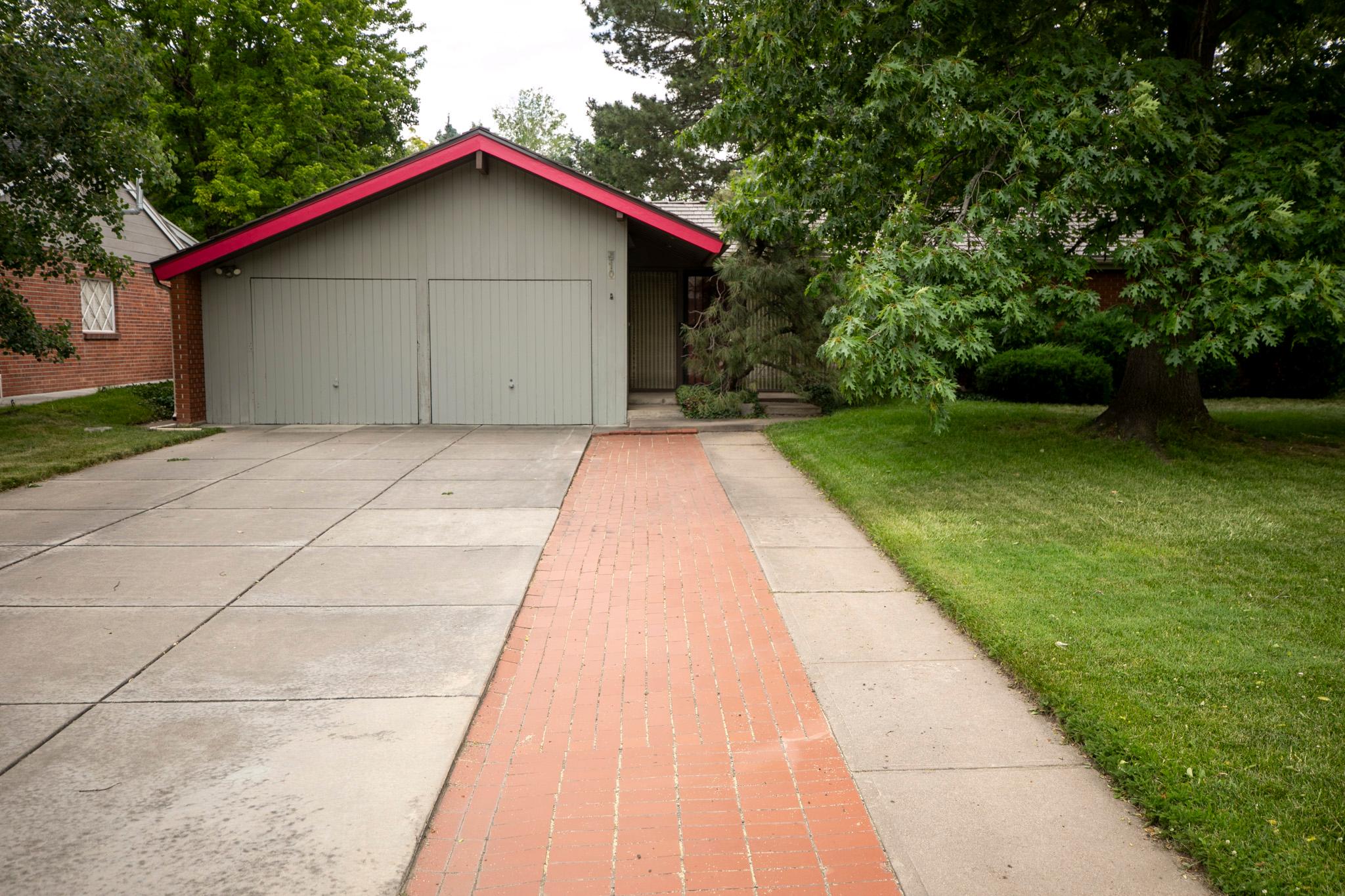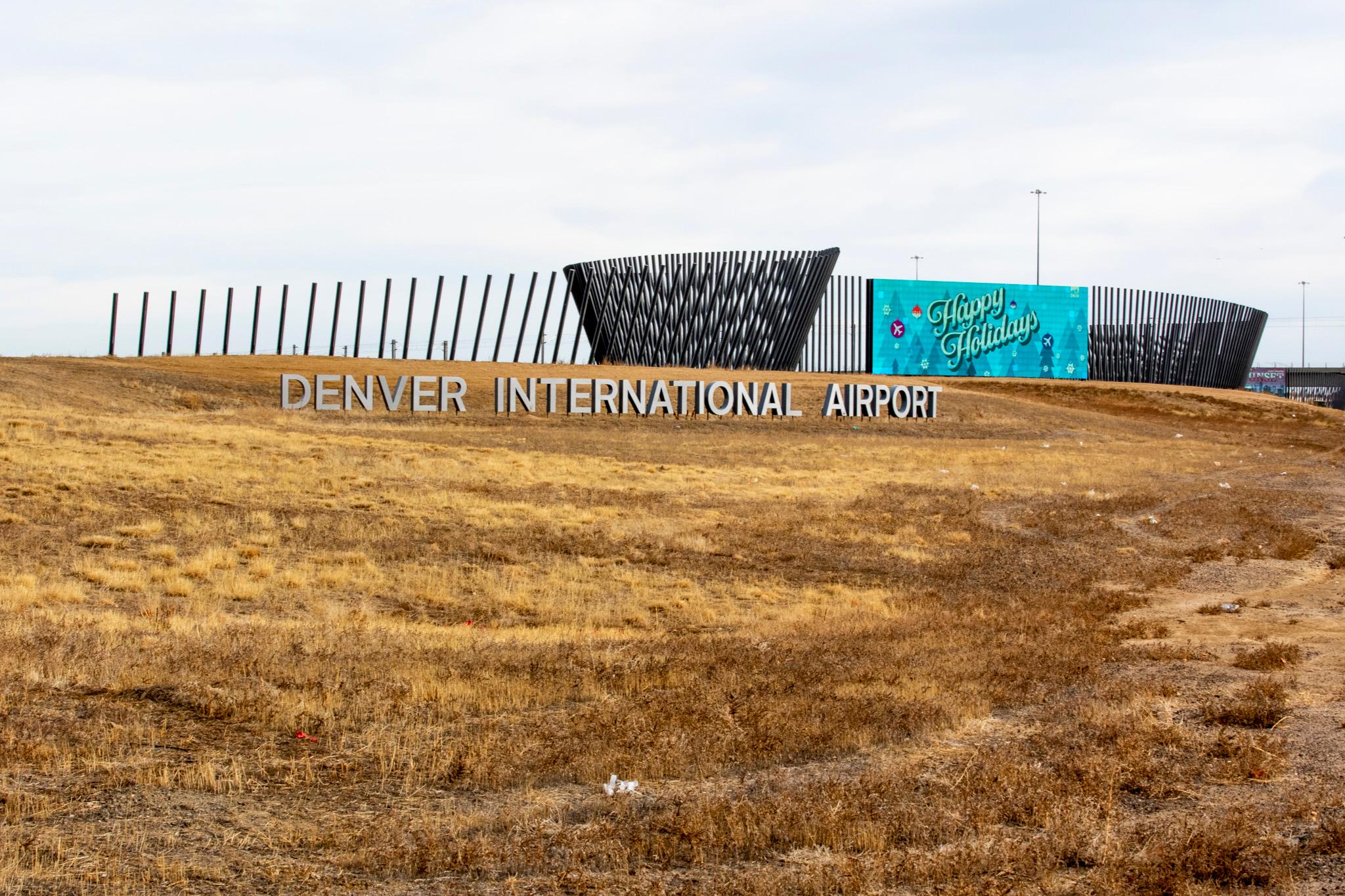An unassuming bungalow in the Belcaro neighborhood is actually a rare example of midcentury architecture and could be formally recognized by the city under a new landmark preservation application, making it harder for anyone to demolish it in the future.
The McCallin-Kulish House at 510 S. Garfield Street was built in 1956 by Joseph “Gerry” Dion. On the outside, it looks relatively normal — a single-story house with a brick exterior. Its magic is on the inside, city planners say.
The home “is an excellent example of the Usonian architectural style,” said Abigail Christman, a city planner for Denver.
What’s Usonian?
While it sounds like something from 1950s pulp science fiction, Usonian architecture’s origins are right here in the United States.
The style was developed by the legendary architect Frank Lloyd Wright in the 1930s.
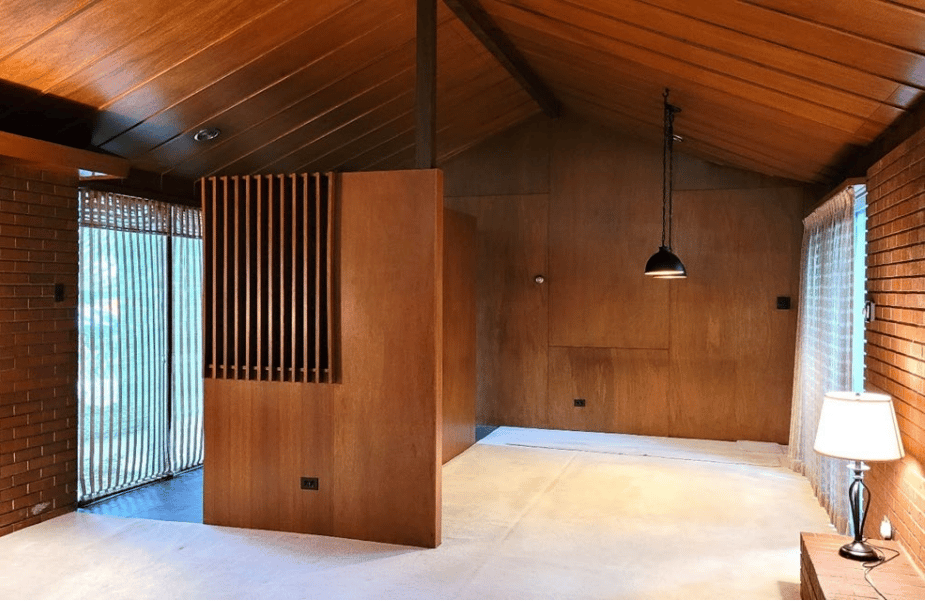
“The idea was really to bring modernism more to the middle class,” Christman said. “So it was kind of a shift from building large homes for the wealthy, to really wanting to have designs that were smaller and more accessible.”
Key features of Usonian architecture include an L-shaped layout, glass walls between the living room and backyard, and low-hanging roofs.
How did this Belcaro house get a Usonian design?
While Wright never built anything in Denver, his Usonian philosophy spread through the profession.
Dion, the architect of the McCallin-Kulish House, was one of his followers. He designed a group of homes in Englewood known as Arapahoe Acres, which Christman said was the first post-World War II residential district that was listed in the National Register of Historic Places.
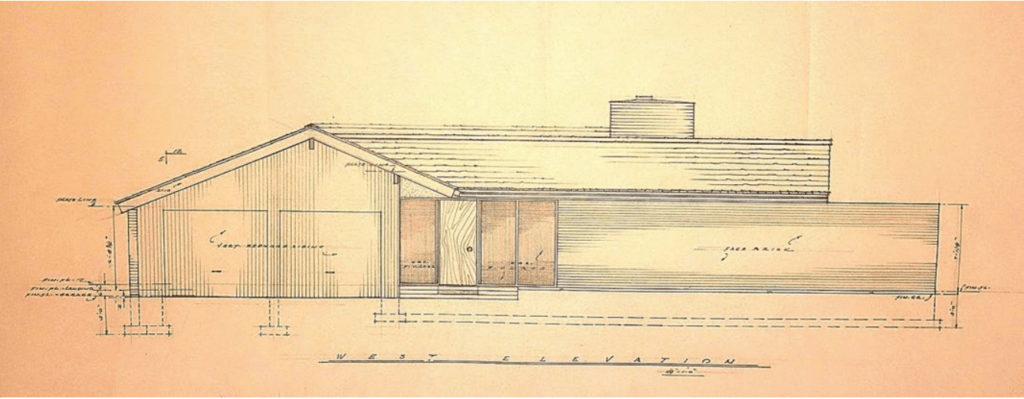
A family from that neighborhood asked Dion to build the house at 510 S. Garfield.
Christman believes it’s the only house Dion designed in Denver, though he designed institutions like the Houston Fine Arts Center at the University of Denver and Everitt Jr. High School.
Why does the city want to preserve the McCallin-Kulish house?
Landmark designations are meant to preserve historically significant buildings in Denver. While it doesn’t completely protect a property from demolition or renovation, it makes it significantly harder to do either.
The Kulish family, which owns the McCallin-Kulish House, asked the city to designate it as a landmark.
At a Denver City Council committee meeting on Tuesday, Christman said the McCallin-Kulish House should be preserved because of its unique architectural quality.
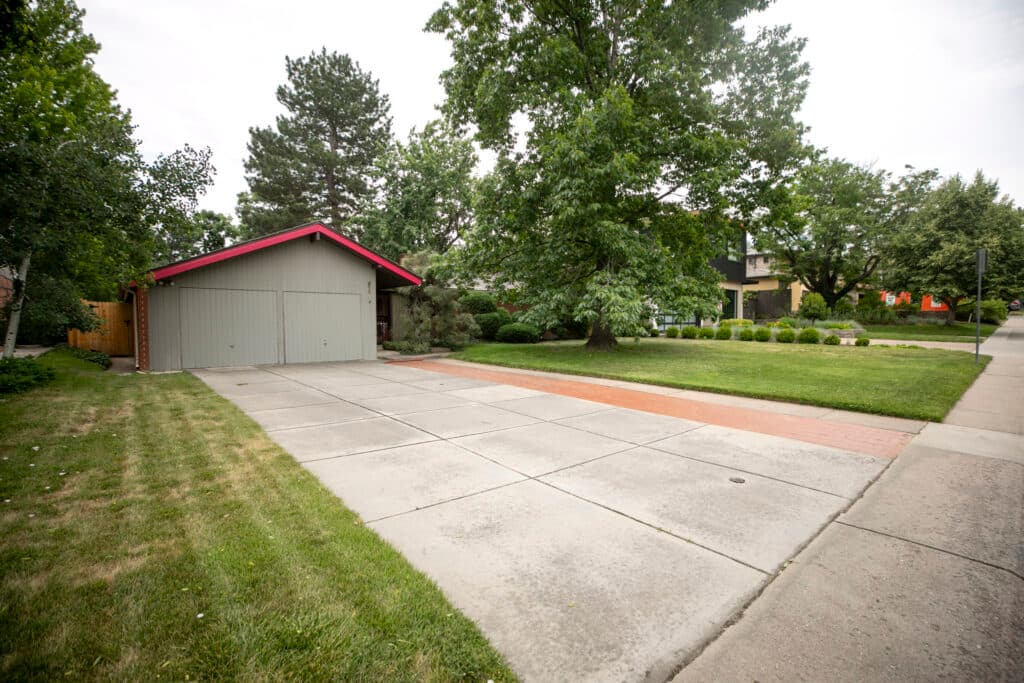
“Because this home has been so remarkably minimally altered, really you step back in time when you step inside the home and really have a sense of this lifestyle and how previous generations lived in this home with its open plan, its built-in and those indoor outdoor spaces,” she said.
The city council’s Land Use, Transportation & Infrastructure Committee voted unanimously to pass the proposal to the full body.

